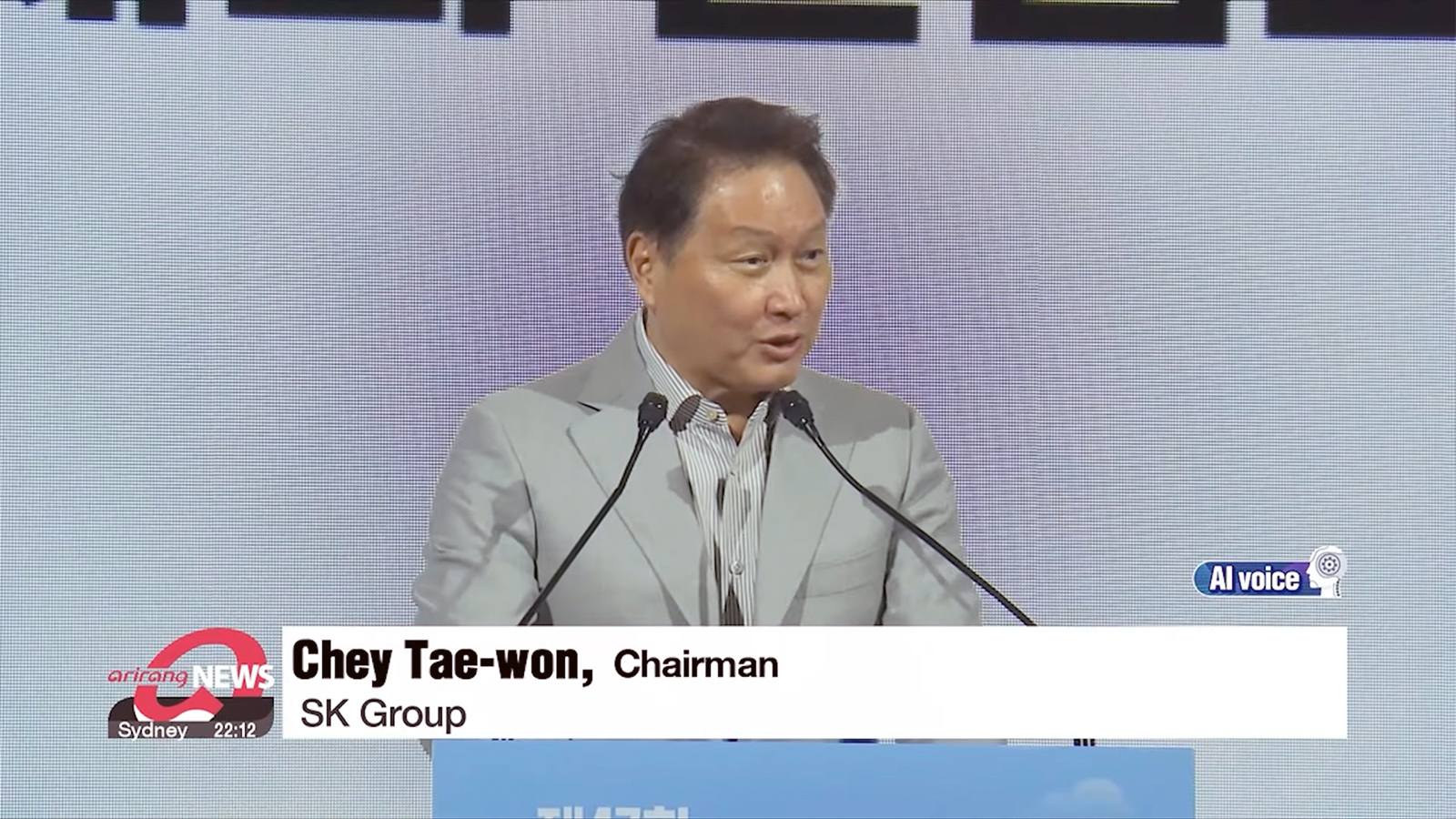
The Chairman of the Korean Chamber of Commerce and Industry (KCCI) and SK Group, Chey Tae-won, warned attendees at the recent 47th KCCI Jeju Forum "If AMD, Arm, and other competitors of Nvidia sell high-quality chips for lower prices, Nvidia's model may fall apart." During his speech, he also likened the current AI boom to the California Gold Rush in the mid-1800s.
Chey expects that AI chip maker Nvidia will continue to be among the top corporations by capitalization over the next three years, much like how pickax and jeans makers prospered during the peak of the gold rush. However, "When there was no more gold, the sellers became unable to sell pickaxes," the Korea Times quotes Chey saying during the forum. He continued, "Without making money, the AI boom could vanish, just as the gold rush disappeared."
Nvidia became the world's most valuable company last month propelled by its record sales of data center GPUs in 2023. While its stock price has already experienced some market correction, it is still the third most valuable corporation in the world. With no signs that AI development is slowing down, we can expect Nvidia to retain its lead for the foreseeable future.
However, the cost of training the next generation of AI LLMs is increasing exponentially. Anthropic CEO Dario Amodei said that AI models currently undergoing training cost $1 billion, with $100 billion models expected to arrive as early as 2025. The increasing costs of AI development has Goldman Sachs concerned, with some of its staff saying that AI is overhyped and asking whether the massive investments in it will ever pay off.
We believe that AI is now a part of our reality, but unless businesses find a profitable use for this tool, then there's a chance the AI race could turn into a bubble that will implode. If that happens, investment in specialized hardware designed to run these processes will take a nosedive, potentially taking Nvidia with it.
Nevertheless, we do not expect Team Green to fold just because of this scenario. After all, AI wasn't even around when Jensen Huang thought of Nvidia. The company could always fall back on the gaming industry as its primary customer base, and its cards will always find use in other applications.
The real threat to Nvidia would be its competitors. Although AMD makes some decent GPUs, it lags in supersampling technology, with some considering FSR 3.0
to still be miles behind DLSS 3.5. It is quickly catching up, though, and Intel is also making inroads in the GPU market with its Intel Arc GPUs and XeSS supersampling technology.
Individuals and institutions will keep on buying Nvidia's products as long as it has a product that delivers unparalleled performance — but its competitors are not asleep at the wheel. And with AI companies like Microsoft, Amazon, Google, and OpenAI investing in their own hardware research, there might come a time when Nvidia will be left in the dust for AI acceleration.







